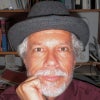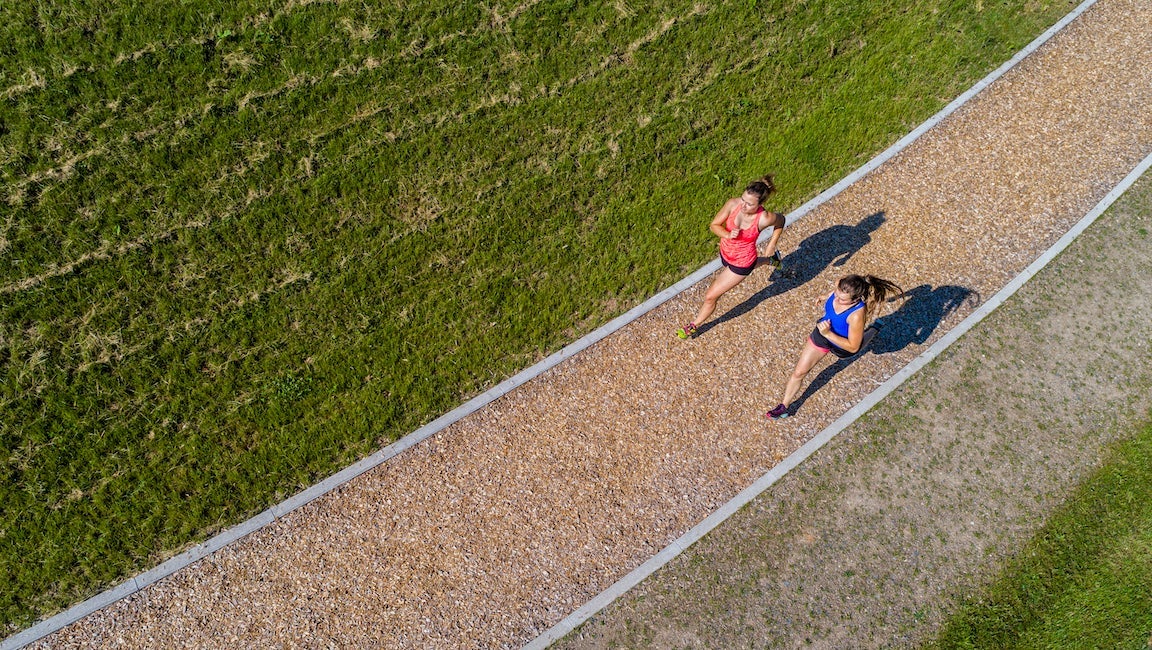How many different paces do you use in your speedwork? We all know that if you want to become faster at your favorite distance, you need to do some of your training at faster than race pace, and if you also want more endurance, you need to spend some time working out in slower, more-controlled efforts, such as tempo runs.��
But how many such paces should distance runners use?��
Conventional training tends to limit it to only a few. Jack Daniels, author of , focuses on three of them (not counting easy, recovery runs), roughly akin to 5K pace (for intense aerobic efforts), 1500m pace (for speed), and tempo pace (for sustained endurance). Intermediate paces were viewed as “dead zones,” a term that I used in a book about road racing, in which we described them as “faster than necessary for one goal, but not fast enough for another.”
Five-Pace Training Method����
But there’s an alternative view, dating back to (1927-2012), who founded the British Milers’ Club at a time when British milers like Sebastian Coe, Steve Ovett, and Steve Cram were rising to global dominance.��
Horwill’s idea was that you shouldn’t confine your speedwork to only three paces. He advocated what has become known as the five-pace training method: Train at race pace and the two adjacent paces to each side.
Race pace, of course, is an obvious concept. But adjacent paces is not.��
Horwill’s friend and fellow elite coach Peter Thompson, now residing in Eugene, Oregon, puts it in terms of running “gears.” There are a lot of them, but for distance runners, they follow a progression that mirrors the standard race distances: 800m, 1500m, 3000m, 5000m, 10,000m, half-marathon, and marathon. They also represent fairly equal steps; for comparably trained runners, the pace difference between the 1500m and the 3000m is about the same as that between the 10K and the half-marathon, or the half-marathon and the marathon. (The 800m doesn’t fit quite as well, largely because it is moving from the realm of distance run to sprint.)
One runner who used the five-pace method was Sebastian Coe, gold-medal 1500m runner in both the 1980 and 1984 Olympics. His coach, his father, Peter Coe, called it a good way to maximize both speed and stamina. “It’s all embracing,” he said.
What Gears to Work

What this means is that a 5K runner needs to work the “gears” ranging from 1500m to half-marathon. Marathoners should focus on 10K speed, half-marathon pace, marathon pace, and whatever “gears” lie on the slow side of marathon pace. One of these, obviously, is the long slow run. But Renato Canova, who has coached many of the top Kenyans, often has them do long repeats (several miles in length) at about 95 percent of marathon pace. If you are a marathoner looking for an intermediate gear between “easy” and “marathon pace,” to flesh out a five-gear training plan, that might be it.
Horwill’s theory for this wasn’t the type of physiologically driven training theory we so often read about today. It was more pragmatic.��
“[A] good 3km time aids the realization of a good 5km,” he wrote in an undated article for the Serpentine, the newsletter of London’s Serpentine running club. “Training at 3km pace and improving 3km speed is paramount.”��
But to achieve that, he wrote, you also need to work at 1500m speed. As well as doing over-distance work, at your estimated 10K speed. American coach Brad Hudson calls running at the pace one event up from your goal race “aerobic support” training, and considers this as important as training at the traditional aerobic paces, especially when you start to get more specific as your race date approaches.
Counting the 5K itself, that’s four paces, right there, and we haven’t even gotten to tempo.��
The same, he wrote in a separate article, applies to the marathon, in which estimated race times can be approached in stepwise succession.
It begins, he said, by realizing that marathon time and 10K time are linked. His formula was to multiply your 10K time by five, then subtract 10 minutes, though slower runners might have to subtract a bit more than 10 minutes. This means that improving your 10K time is useful for marathon performance.
But to do that, he says, it’s necessary to improve your 5K. “So 5K pace work must be fitted into the marathon schedule.”
A good 5K, however, is built on a good 3K, which means that 3K speed must also be part of the training schedule.��
The astute reader will note that he skipped a gear here, jumping from the marathon all the way down to the 10K. Personally, I think that that was an error, overlooking tempo pace, but it doesn’t change the basic concept.
In fact, the best marathoners I’ve ever coached also worked out every few weeks all the way down to 1500m speed, because, to extend Horwill’s progression, 1500m speed is what builds 3000m speed, which is what builds 5K speed, which is what builds 10,000m speed, which builds half-marathon speed, which builds marathon speed.��
How to Apply the Five-Pace Theory
How to apply this in training is more complex. One way is to focus each workout on a specific gear, which is how Horwill appears to have done it, rotating through the gears on a 14-day cycle. Another is to put two or three “gears” into each workout. One of my favorite ways of doing this is to finish a session run mostly at 5K pace or slower with a few 200s, or 150s, run at a much faster gear (such as 1500m pace, or even 800m pace). Another is a 1000m breakdown in which we start with 1000m at 5K pace, then move to 900m, 800m, 700m, etc., all the way down to 200m, gradually edging up the pace as we go.��
You can also do away with the track and do it all as a “” in which you shift gears so often that you hit not just two or three of Horwill’s paces, but five of them all in one playful workout. Thompson, who is otherwise a great admirer of Horwill, actually prefers this approach because it provides a “greater density” of gears in any given session.
Not only are such workouts fun, but physiologically, these pace changes might also be useful, because part of training your body for success at longer distances involves improving its ability to handle — and utilize — the buildup of lactate, which occurs not only over the course of long races, but in course of shorter, faster repeats.��
By varying the speed of these repeats, Thompson believes, you can vary the rate at which your body accumulates lactate from a lot, quickly at faster paces to a slower, steady build at less intense paces. Since the body doesn’t “know” in advance how quickly it needs to clear that lactate before you start the next repeat, these unpredictable pace changes can go a long way toward making you better able to handle lactate accumulation, and the fatigue often comes at the same time during a race.
Bottom line:��The paces I was once taught were “dead zones” may have more life in them than we once thought. As Greg McMillan once put it to me, gravitating into a too-narrow range of paces “is what causes people to get stuck.” Rather than thinking of yourself as training to run whatever race you are planning to run, he said, think of yourself as training to be a “complete runner” who is getting ready to run your target distance.
The moment you start thinking that way, Horwill’s five-pace theory starts looking very good.


